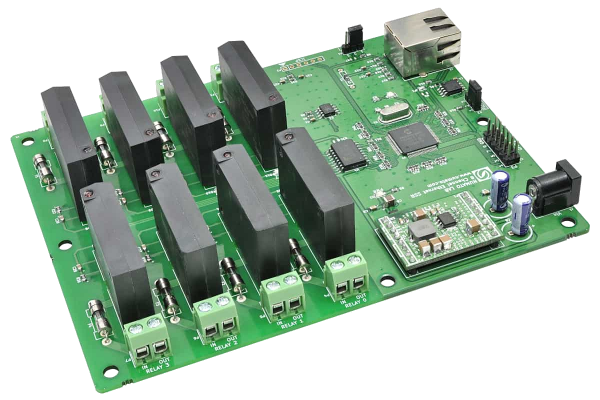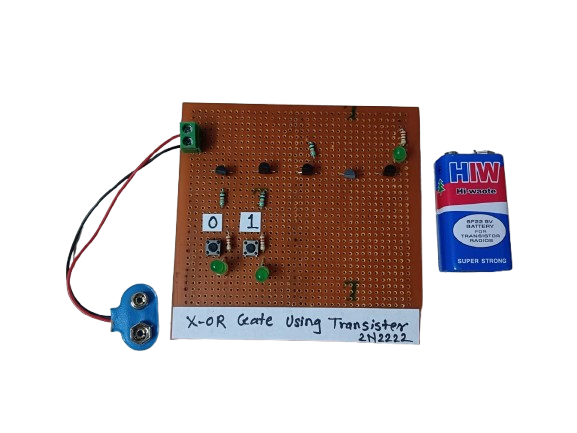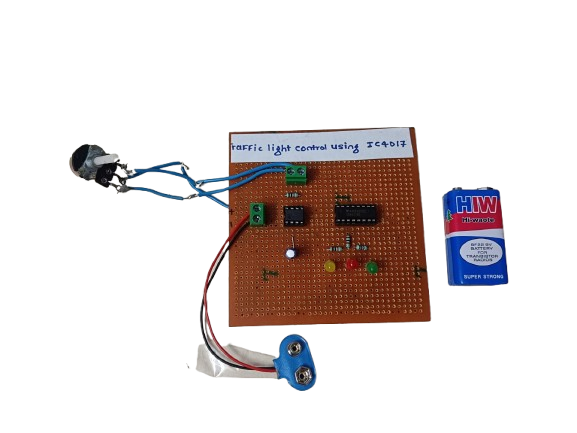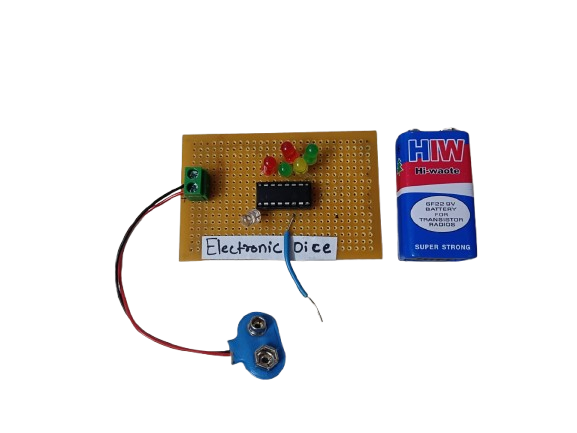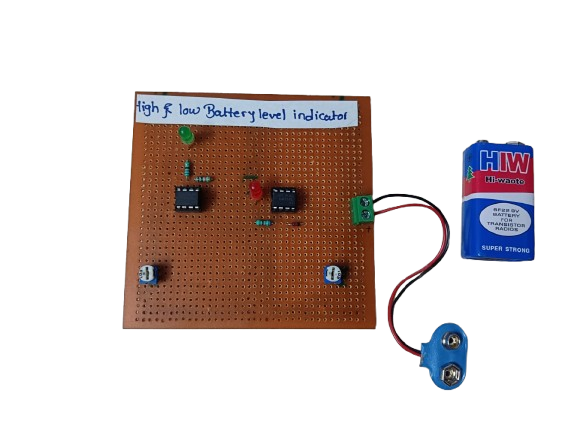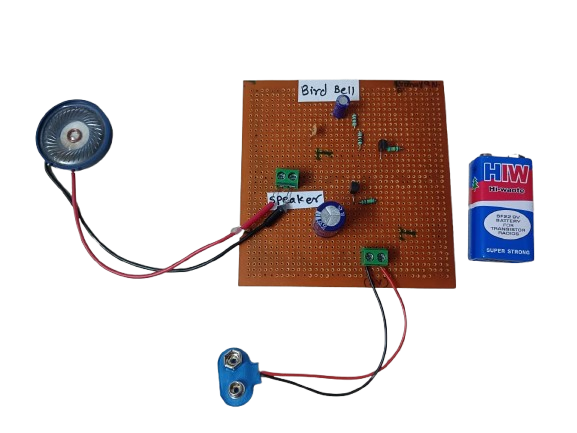AND Gate Using BC547 Transistors
₹190.00
In StockAn AND gate can be built using BC547 NPN transistors, a common general-purpose transistor used in digital circuits.
The circuit represents both the inputs A & B for the AND gate and Output, Q, which also has a +5V supply to the collector of the first transistor, which is connected in series to the second transistor, and an LED is connected to the emitter terminal of the second transistor. The inputs A & B are connected to the base terminal of Transistor 1 and Transistor 2, respectively, and the output Q goes to the positive terminal LED.
Description
An AND gate can be built using BC547 NPN transistors, a common general-purpose transistor used in digital circuits.
The circuit represents both the inputs A & B for the AND gate and Output, Q, which also has a +5V supply to the collector of the first transistor, which is connected in series to the second transistor, and an LED is connected to the emitter terminal of the second transistor. The inputs A & B are connected to the base terminal of Transistor 1 and Transistor 2, respectively, and the output Q goes to the positive terminal LED.
- Digital Circuits
- AND gates are a core building block of digital systems (computers, microcontrollers, etc.).
- Used in arithmetic logic units (ALUs), control units, and memory address decoding.
2.Security Systems
Ensures that multiple conditions are met before triggering an action.
- 3. Industrial Automation
Used in logic control to start a process only when multiple safety or condition sensors are active.
- Power Management
Controls power delivery based on multiple inputs.
5.Decision-Making Circuits
Implements conditional operations in embedded systems.
- Computing & Processors
Used in logic design for bitwise operations like masking, control logic, and more.
- Timing Circuits
Combine timing signals with control inputs to ensure an action occurs only during a specific time window










